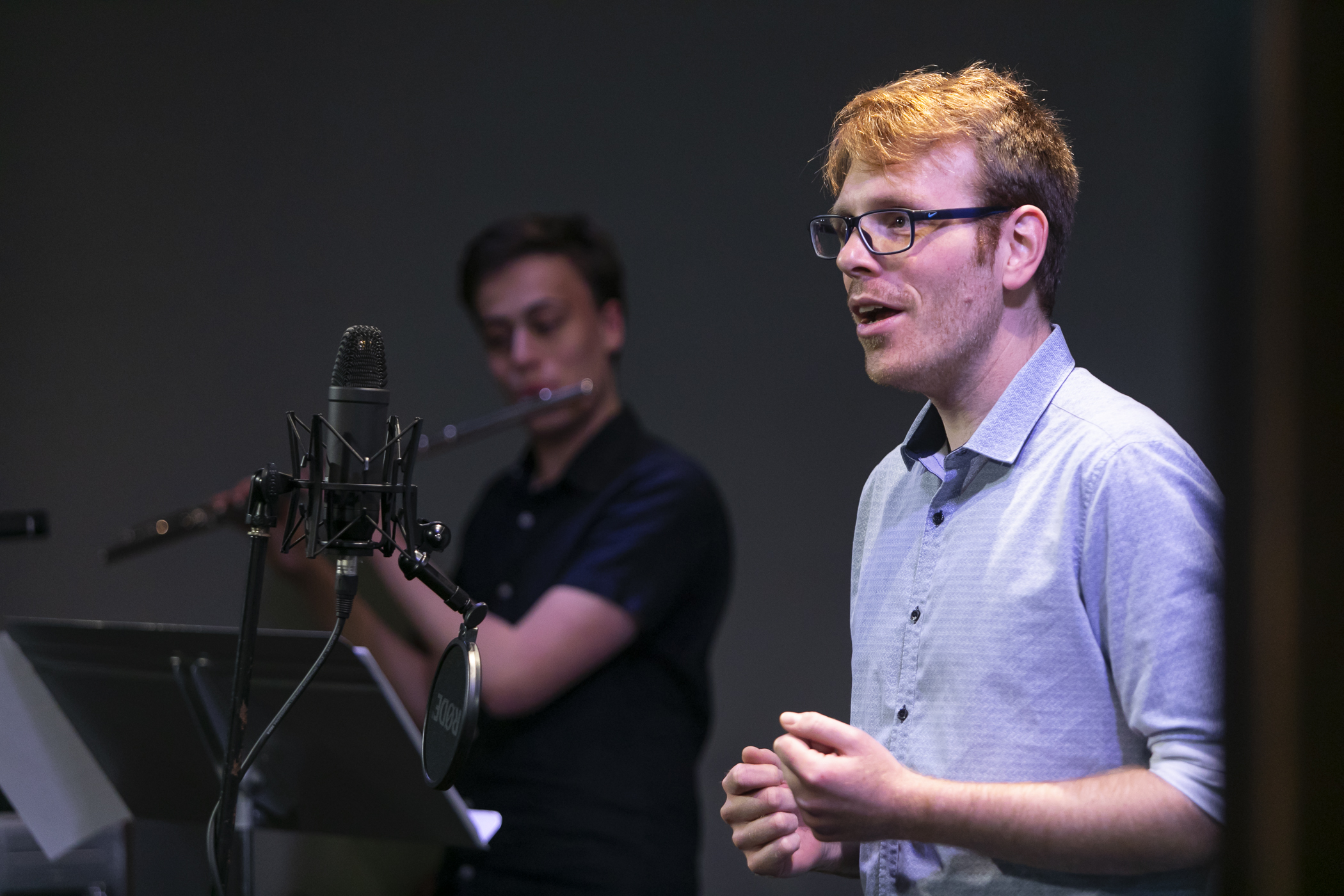Is Your Tongue Fit and Ready to Sing?
Being free of tension and creating a full rich sound when singing is a singer’s aim. But distinguishing where the tension is coming from, how to release it and create a gorgeous tone takes some discovery, including finding out about the role your tongue root plays in singing.
 “The root of my tongue?” I hear you say and you’re right to question a singing teacher about this because we have very few proprioceptors (a fancy word for sensory feelings) in our massive tongue muscles. This means our brains receive little feedback about what is going on. Without some attention to releasing your tongue root our habitual positioning of the tongue can create a ‘bottled up’ or ‘held’ sound in our singing, and we don’t want this.
“The root of my tongue?” I hear you say and you’re right to question a singing teacher about this because we have very few proprioceptors (a fancy word for sensory feelings) in our massive tongue muscles. This means our brains receive little feedback about what is going on. Without some attention to releasing your tongue root our habitual positioning of the tongue can create a ‘bottled up’ or ‘held’ sound in our singing, and we don’t want this.
For most singers the solution to this problem can lie in their breath support. When our breathing mechanism for singing is weak, our tongue can falsely step in to assist. I wrote about the fundamentals of breathing here.
Other singers incorrectly use the root of their tongue to send feedback about correct pitching, confusing the location of their ears with their tongue root and instead create unwanted tension. Learning to trust your ears for accurate pitch is a topic for another article.
Releasing tension at the back of your tongue opens up space and gives the sound strength and beautiful tone. Meanwhile we learn to use the front of the tongue for flexible and precise singing, and this was the goal of one singer at my Sydney CBD studio.
Anne says, working on efficient breath support started the process, but she needed to become aware of the effects of tension in her tongue root. Using specific exercises, vocalises and songs helped Anne to discover the connection these body parts play when she sings and how tension needed to be identified, and with slow practice, she began to release tension in her tongue root.
Using a simple five note scale on the syllable YAH, Anne became aware of the movement in the different parts of her tongue. By separating the use of the tongue from the use of the jaw Anne learnt how these parts do not need to act together when singing. Singing with a floppy and loose tongue retrained the positioning. Anne alternated using the tongue and jaw and her concentrated practice began to pay off.
Stretching your tongue out fully, known as a lion stretch, can also release tongue root tension. Try it several times and notice the restedness of your tongue.
Our tongue needs to be easy and ready to move when singing and this work can fine tune our singing and help you master songs.




